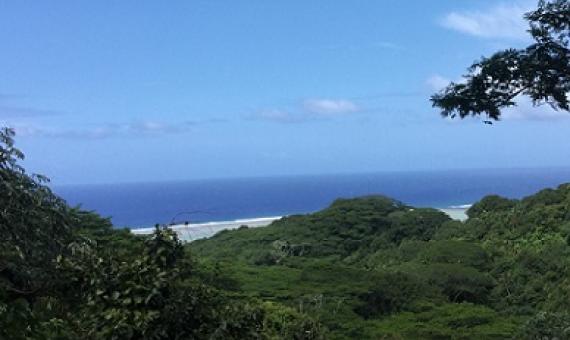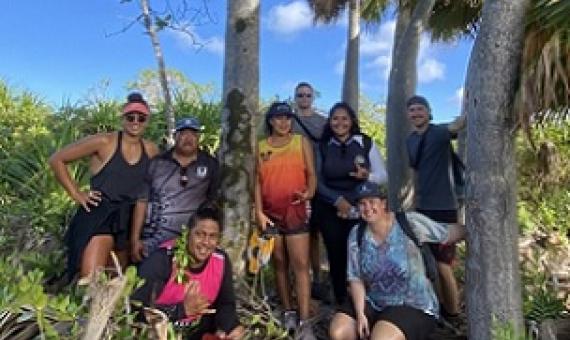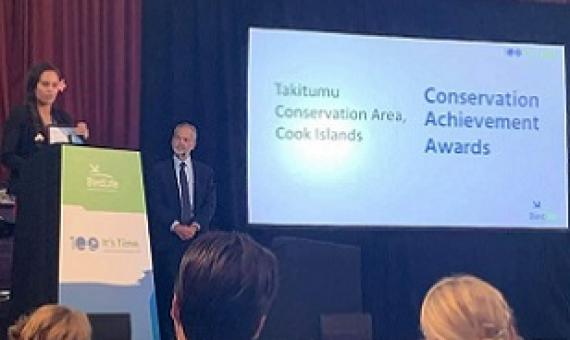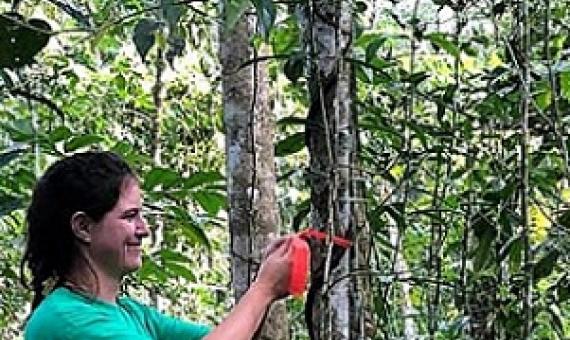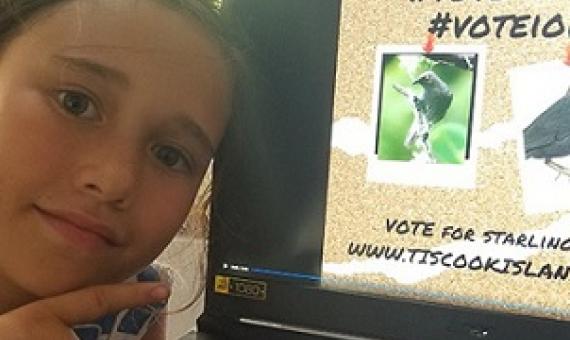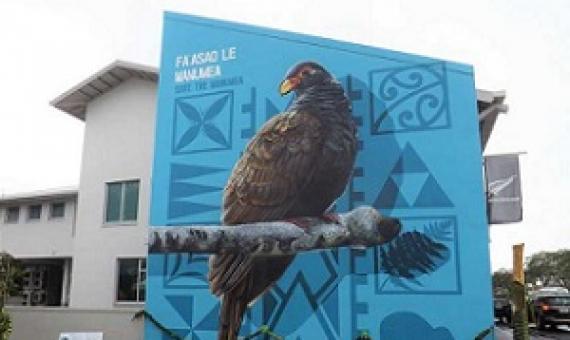The Takitumu Conservation Area (TCA) Committee and National Environment Service have launched a management plan through to 2030.
A survey recently conducted in Mitiaro has identified new growth of endemic species, Mitiaro fan palm...The survey was part of a planned trip on a range of activities that included reef surveys, microalgae sampling, marine sediment sampling, beach rubbish quantification and clean up.
A new study led by the University of Oxford is the first to quantify the day-to-day barriers that conservation workers face as they try to conserve and manage island ecosystems around the world. The results have been published today in the journal People and Nature.
Falealupo village continues to push ahead with its efforts to protect Samoa's the manumea, with the village mayor emphasising that protecting rainforests ensures the rare bird's survival. Taofinu'u M Lamositele told in an interview that the bird is rare but they are thankful that their villa
A project which has brought a native Cook Islands bird species back from the brink of extinction has won a major international conservation award.
The Samoa Conservation Society (S.C.S.) is currently doing work on endemic plant species and has already identified 108 to study in more detail and work towards their preservation. The S.C.S.
Te Ipukarea Society’s Bird of the Year Cook Islands competition has a mysterious new entry this year. An extinct bird you may have never heard of, the Kīko’i or Mauke Starling (Aplonis mavornata), writes Te Ipukarea Society.
Scientists’ warning – The outstanding biodiversity of islands is in peril
Despite islands contributing only 6.7% of land surface area, they harbor ~20% of the Earth’s biodiversity, but unfortunately also ~50% of the threatened species and 75% of the known extinctions since the European expansion around the globe. Due to their geological and geographic history and characteristics, islands act simultaneously as cradles of evolutionary diversity and museums of formerly widespread lineages—elements that permit islands to achieve an outstanding endemicity.
Using Samoan traditional ecological knowledge to identify calls of the critically endangered endemic tooth-billed pigeon (Didunculus strigirostris)
The tooth-billed pigeon (Didunculus strigirostris) is an endemic and highly cryptic bird of the rainforest canopy of Samoa. According to the recently released Tooth-billed Pigeon Recovery Plan (2020–2029), one of the greatest obstacles to conservation efforts is the inability of ornithologists to reliably separate its advertising coo call from that of the common and sympatric Pacific imperial pigeon (Ducula pacifica).
Conservationists have ramped up efforts to locate and save Samoa’s national bird by placing recorders and cameras in rainforests across Samoa. The placing of recorders and cameras is part of the Save the Manumea Project run by the Samoa Conservation Society.

